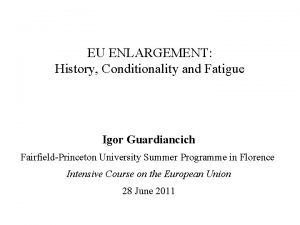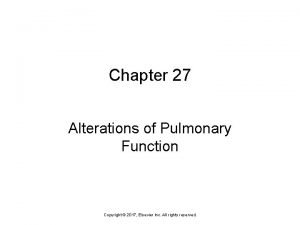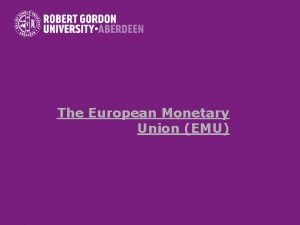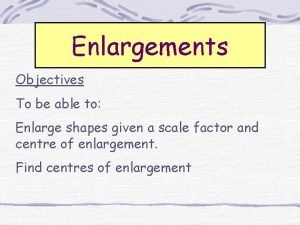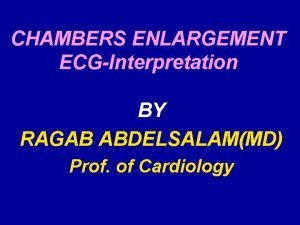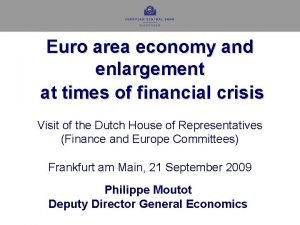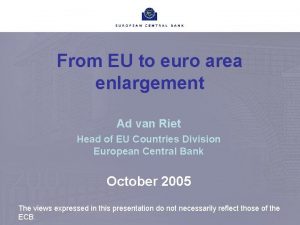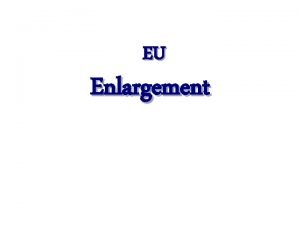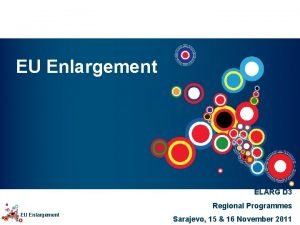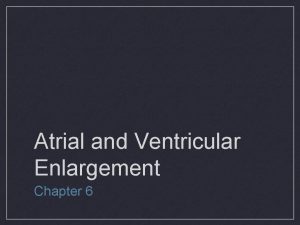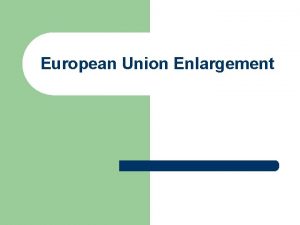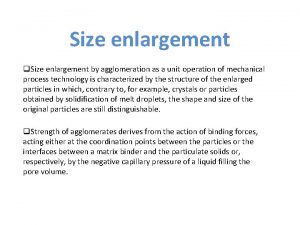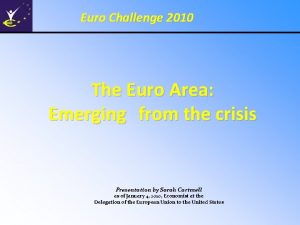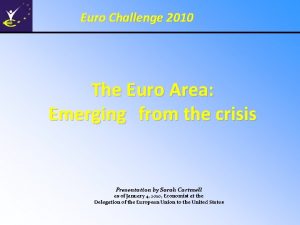Enlargement of the Euro Area O Chugaiev 2014














- Slides: 14

Enlargement of the Euro Area © O. Chugaiev, 2014

Preconditions for Monetary Integration Financial integration and capital mobility Ø Foreign trade/GDP Ø Export diversification Ø Similar inflation rates Ø Political and economic integration Ø International transfers Ø Flexibility of prices and wages Ø Labor mobility Ø Business cycles synchronism Ø 2

Preconditions for Monetary Integration Structural similarity of economies Ø Common shocks Ø Trust to national currencies Ø No primary overvaluation or overvaluation Ø Leading member-country and/or institutional framework Ø Solidarity Ø Institution that is accountable, representative and effective Ø Transparency in monetary policy Ø Common transmission mechanism Ø 3

Past Events Ø 1999 – Economic and Monetary Union established Single monetary policy by ESCB Euro in non-cash transactions since 1999 Euro notes and coins since 2002 Ø Enlargement Ø Ø Ø l l l Greece (2001) Slovenia (2007) Cyprus, Malta (2008) Slovakia (2009) Estonia (2011) Latvia (2014) 4

Legal Framework Ø Economic convergence criteria: l l Ø Legal convergence: l l Ø participation in ERM II for two years price stability public finance stability interest rate targets independence of the respective NCB integrating it into the ESCB Several other factors considered At least once every 2 years, or at the request of a MS with a derogation, the European Commission and the ECB issue convergence report. Council decides on fulfillment of the criteria

Legal Framework Maastricht convergence criteria: l exchange rate stability l price stability: inflation ≤ X+1. 5% l l government finance stability: • budget deficit ≤ 3% GDP • public debt ≤ 60% GDP interest rate ≤ X+2% 6

Legal Framework Ø All EU Member States, apart from Denmark and the United Kingdom, are committed to strive to fulfill the convergence criteria as soon as possible and adopt the euro. Ø Danish kroner joined the ERM II Ø The UK practices independent floating

Organizing Ø Original target dates for joining the euro were revised Ø Big bang scenario

Organizing Ø Steering and organization l l Ø National coordination structures National changeover plan Facilitating preparation of citizens l l l l Dual display of prices Official conversion rate only Informing about security features Informing vulnerable people Training personnel Informing small and medium enterprises Informing clients of credit institutions Surveys

Organizing Ø Ensuring a quick introduction of cash euro l l l l Ø Dishoarding campaign Frontloading and sub-frontloading schedules Euro coin kits Adapting ATMs Giving change in euro only Switching POS terminals to euro Encouraging use of electronic payments Extra opening days and hours for credit institutions around the euro day? Prevention of abusive practices and mistaken perceptions of price trends l l Agreements on neutral impact of changeover on prices Monitoring prices until the end of dual display

Satisfying convergence criteria – Convergence report May 2008 What is measured Price Stability Sound Public Finance Sustainable Public Finance Durability of Convergence How it is measured Consumer Price Inflation Rate Government balance as % of GDP Government debt as % of GDP Long-term interest rates Convergence criteria definition <1. 5% more than the 3 lowest inflation Member States No less than -3% No more than 60% <2% more than the 3 lowest inflation Member States Actual convergence criteria 3. 2 -3. 0 60. 0 6. 5 Bulgaria 9. 4 3. 2 14. 1 4. 7 Estonia 8. 3 0. 4 3. 4 … Latvia 12. 3 -1. 1 10. 0 5. 4 Lithuania 7. 4 -1. 7 17. 0 4. 6 Poland 3. 2 -2. 5 44. 5 5. 7 Romania 5. 9 -2. 9 13. 6 7. 1 Slovakia 2. 2 -2. 0 29. 2 4. 5 Czech Republic 4. 4 -1. 4 28. 1 4. 5 Sweden 2. 0 2. 7 35. 5 4. 6 Hungary 7. 5 -4. 0 66. 5 6. 9

Satisfying convergence criteria – Convergence report May 2010 What is measured Price Stability Sound Public Finance How it is measured Consumer Price Inflation Rate Government balance as % of GDP Government debt Long-term interest rates as % of GDP Convergence criteria definition <1. 5% more than the 3 lowest inflation MS No less than -3% No more than 60% Sustainable Public Finance Durability of Convergence <2% more than the 3 lowest inflation MS Exchange rate stability ERM 2 participation 2 years Actual convergence criteria 1. 0 Bulgaria 1. 7 -3. 9 15 6. 9 no Estonia -0. 7 -1. 7 7. 2 - yes Latvia 0. 1 -9 36 12. 7 yes/no Lithuania 2. 0 -8. 9 29. 3 12. 1 yes Poland 3. 9 -7. 1 51 6. 1 no Romania 5. 0 -8. 3 30. 5 9. 4 no Czech Republic 0. 3 -5. 9 39. 8 4. 7 no Sweden 2. 1 -0. 5 42. 3 3. 3 no Hungary 4. 8 -4. 0 80 8. 4 no 6. 0

Satisfying convergence criteria – Convergence report May 2012 What is measured Price Stability Sound Public Finance Sustainable Public Finance Durability of Convergence How it is measured Consumer Price Inflation Rate Government balance as % of GDP Government debt as % of GDP Long-term interest rates Convergence criteria definition <1. 5% >than 3 lowest inflation MS No less than -3% No more than 60% <2% >than 3 lowest inflation MS Actual convergence criteria 3. 1 Bulgaria 2. 7 -2. 1+ 16. 3(+) 5. 3 CBA peg, stable Czech Republic 2. 7(+) -3/2(+) 43. 9(+) 3. 5 appr. 2. 8% Latvia 4. 2(-) -3. 5(+) 42. 6^(+) 5. 8 ERM(+-1% Lithuania 4. 2(-) -5. 5(+) 38. 5(+) 5. 2 ERM, CBA Hungary 4. 3(+) 4. 3(-) 80. 6(-) 8. 0 float, depr. 6. 5% Poland 4. 0(-) -5. 0(+) 56. 3(-) 5. 8 Float, depr. 6. 1% Romania 4. 6(-) -5. 3(+) 34. 6 7. 3 Float, depr. 6. 4% Sweden 1. 3 0. 3(-) 38. 4(-) 2. 2 Float, appr. 7. 7% Exchange rate stability ERM 2 participation 2 years 5. 8

Satisfying convergence criteria – Convergence report June 2013 – Latvia – at request What is measured Price Stability Sound Public Finance Sustainable Public Finance Durability of Convergence How it is measured Consumer Price Inflation Rate Government balance as % of GDP Government debt as % of GDP Long-term interest rates Convergence criteria definition <1. 5% >than 3 lowest inflation MS No less than -3% No more than 60% <2% >than 3 lowest inflation MS Actual convergence criteria 2. 7 Latvia 1. 3(+) Exchange rate stability ERM 2 participation 2 years 5. 5 -1. 2 40. 7(+) 3. 8 yes
 Contoh job rotation
Contoh job rotation Enlargement gcse questions
Enlargement gcse questions Job analysis vs job description vs job specification
Job analysis vs job description vs job specification Enlargement of the eu
Enlargement of the eu Scale factor of enlargement formula
Scale factor of enlargement formula Bulbous enlargement of the distal segments of the fingers
Bulbous enlargement of the distal segments of the fingers Enlargement of the eu
Enlargement of the eu Enlargement of a lymphoid organ in the luq
Enlargement of a lymphoid organ in the luq Hypothyroidism
Hypothyroidism 9-7 similarity transformations
9-7 similarity transformations Enlargement scale factor formula
Enlargement scale factor formula Tule river spillway enlargement project
Tule river spillway enlargement project Left atrial.enlargement ecg
Left atrial.enlargement ecg Eu enlargement
Eu enlargement Spinal cord anatomy
Spinal cord anatomy



